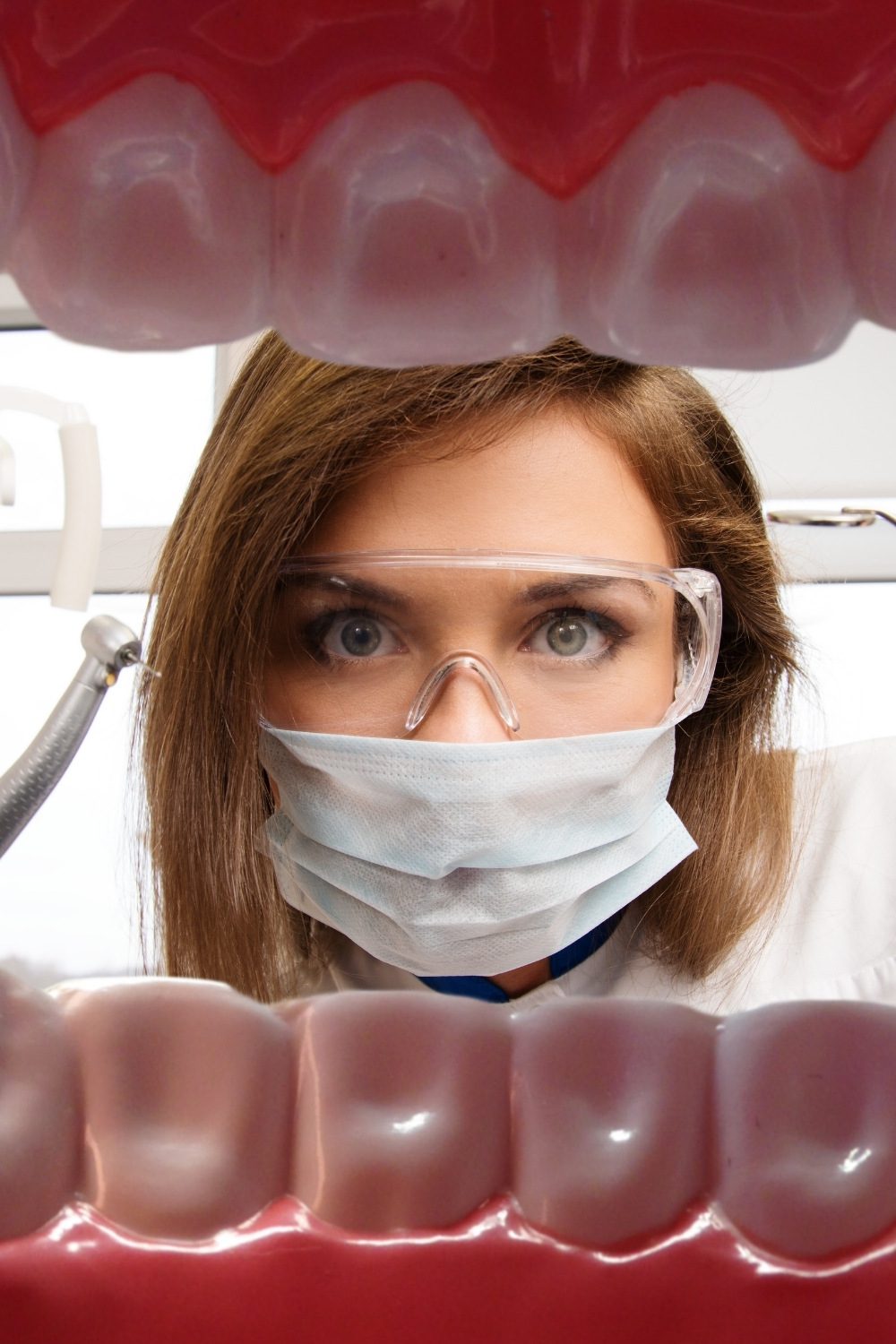November is Mouth Cancer Action Month
Help Spread the Word!
Oral and pharyngeal cancer (cancer of the mouth and upper throat) collectively kills nearly one person every hour of every day of the year. Of the people newly diagnosed with these cancers, only about 60% will live longer than 5 years.
Mouth Cancer Challenges
One of the biggest challenges we face regarding mouth cancer is how little educational support it receives from government and public health bodies. As part of Mouth Cancer Action Month, we are appealing for your help to improve awareness of the disease so that more people are able to recognize the early warning signs.
Mouth cancer is most likely to occur in the tongue, contributing to 34% of cases. It also can appear in the tonsils, the roof and floor of the mouth, and the lips and gums.
The disease can have a devastating and lasting effect on a person’s life. It can change how somebody speaks, it makes eating and drinking more difficulty, and often leads to changes in a person’s physical appearance. Because of this, it also takes a heavy toll on a person’s mental health too.
How to Spot Mouth Cancer
Early warning signs include mouth ulcers that don’t heal within three weeks, red or white patches in the mouth, or unusual lumps and swellings. Persistent hoarseness also could be a symptom.
The limited access to dental care as a result of the pandemic will significantly reduce the number of people who are picked up and referred early. Early diagnosis vastly improves prognosis and the risk of complications.

Mouth Cancer Risk Factors
Up to 90% of all mouth cancers are linked to lifestyle factors.
This means that with a few small changes, you can help cut your chances of developing mouth cancer.
Smoking (Including Chewing and Smokeless Tobacco)
Smoking tobacco increases your risk of developing mouth cancer by up to ten times, compared with never-smokers. Chewing and smokeless tobacco is extremely harmful and can significantly increase a person’s risk of being diagnosed with mouth cancer.
There is also evidence that second-hand smoke at home or in the workplace may increase a person’s risk of mouth cancer.
Around two in every three (more than 60%) mouth cancers are linked to smoking.
HPV
Many recent reports have linked mouth cancer to the human papillomavirus (HPV).
HPV is the major cause of cervical cancer and affects the skin that lines the moist areas of the body. HPV can be spread through oral sex, and research suggests that it could soon rival smoking and drinking as one of the main causes of mouth cancer.
There are now HPV vaccines for both girls and boys. They were developed to fight cervical cancer, but it is likely that they will also help to reduce the rates of mouth cancer.
Alcohol
Drinking alcohol to excess increases your risk of mouth cancer. Alcohol is linked to just under a third (30%) of all mouth cancers.
Smoking and drinking together trebles a person’s mouth cancer risk.
Sunlight and Sun Beds
Too much ultraviolet (UV) radiation is a known cause of skin cancer. This can occur either from natural sunlight or sunbeds.
Skin cancer can develop on the lips – as this area is often exposed to UV radiation.
Better Dentistry is Our Mission
We Are Open!


